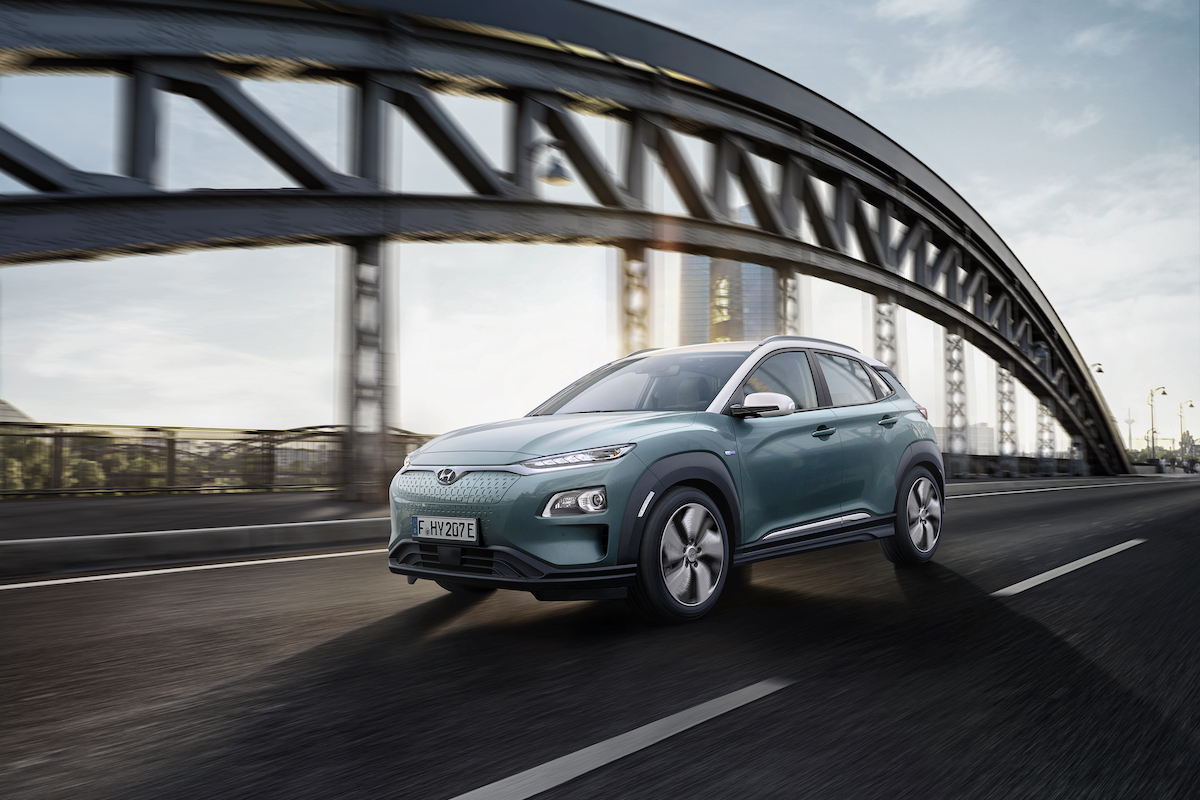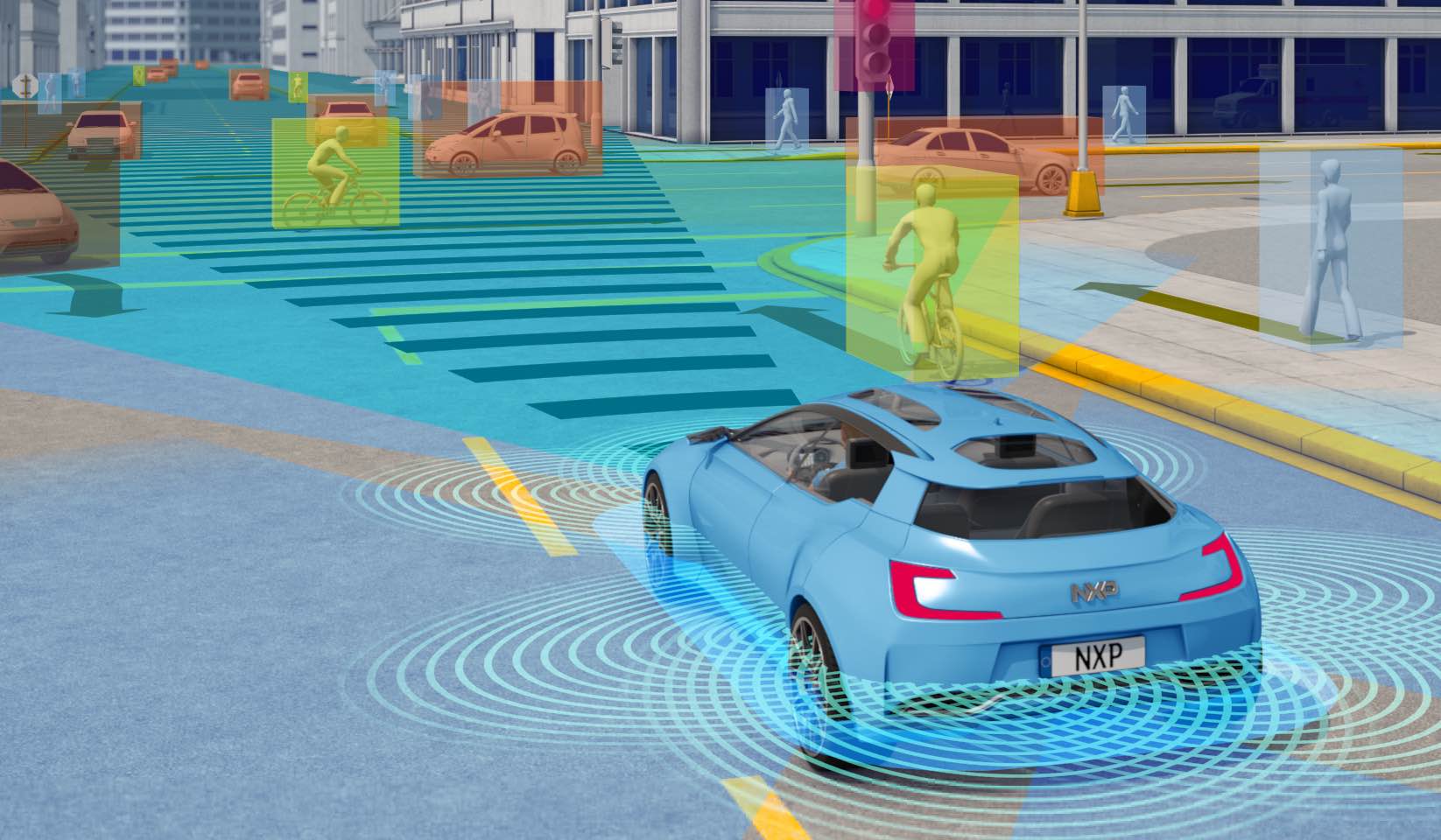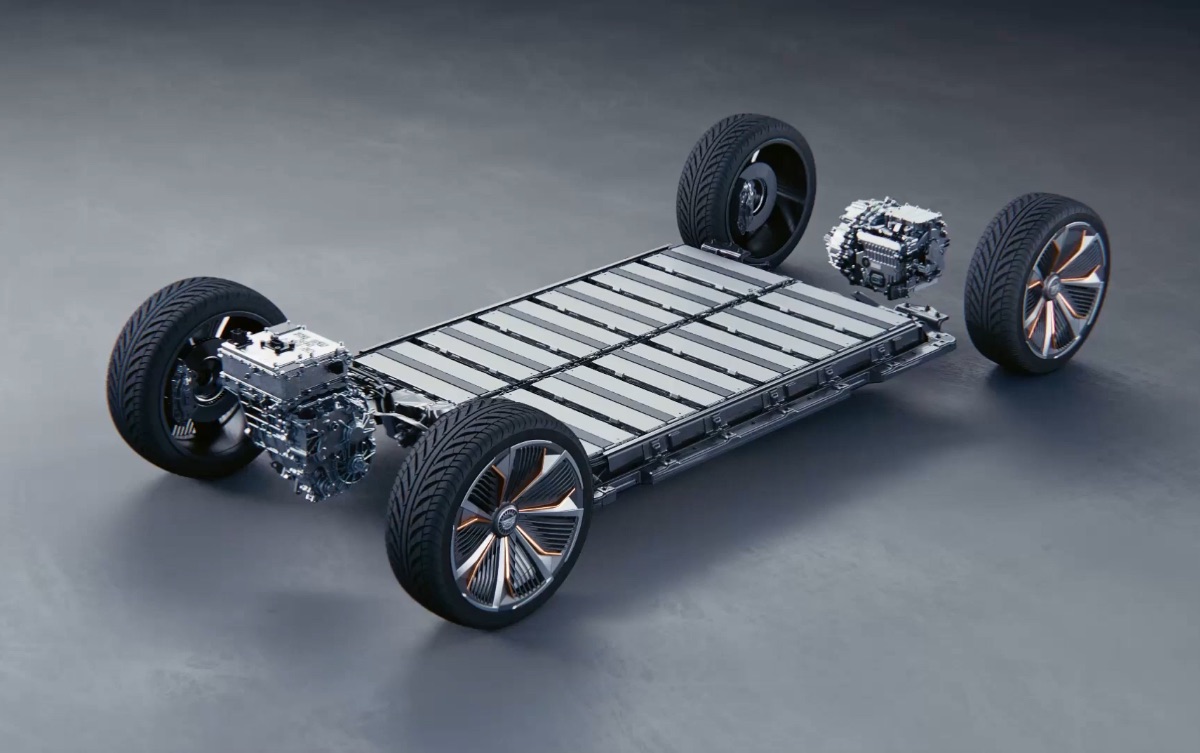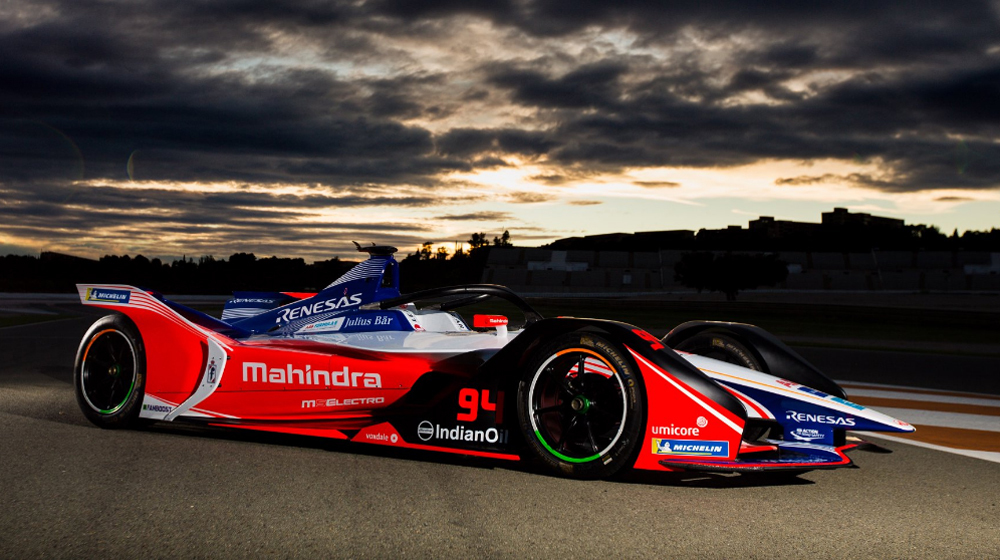For more than 10 decades now, the automotive industry has seen a continuous evolution. Over this time manufacturers have delivered exciting machinery, new technologies and innovative solutions at a reasonably steady pace.
Whether you are a car enthusiast or not, it would be almost impossible to ignore one of the most disruptive innovations in automotive, that is, the recent proliferation of electric cars. These modern machines and the companies behind them, have sent shockwaves through the automotive world and are setting new benchmarks for performance, safety and style.
Although electric vehicles represent the latest in automotive technologies, the concept is hardly new. Few people know, it predates the internal combustion engine, and once upon a time, they rivalled their internal-combustion contenders for market supremacy.
In the late 19th century, electric vehicles showed increasing potential and, at one point, even held 1/3 of the new car market. However, well-known problems like limited range and charging networks slowed their development, and the world turned to fossil fuel-powered cars, which were more comfortable to live with at the time.
This is a list of 10 vehicles we believe deserve their place in EV history. Whether they were super innovative for their time or downright daring, they certainly helped pave the way for the next generation of EV automakers such as Tesla. Let’s now explore some of the forebears of the electric vehicle revolution.
Baker Electrics Coupe (1899)
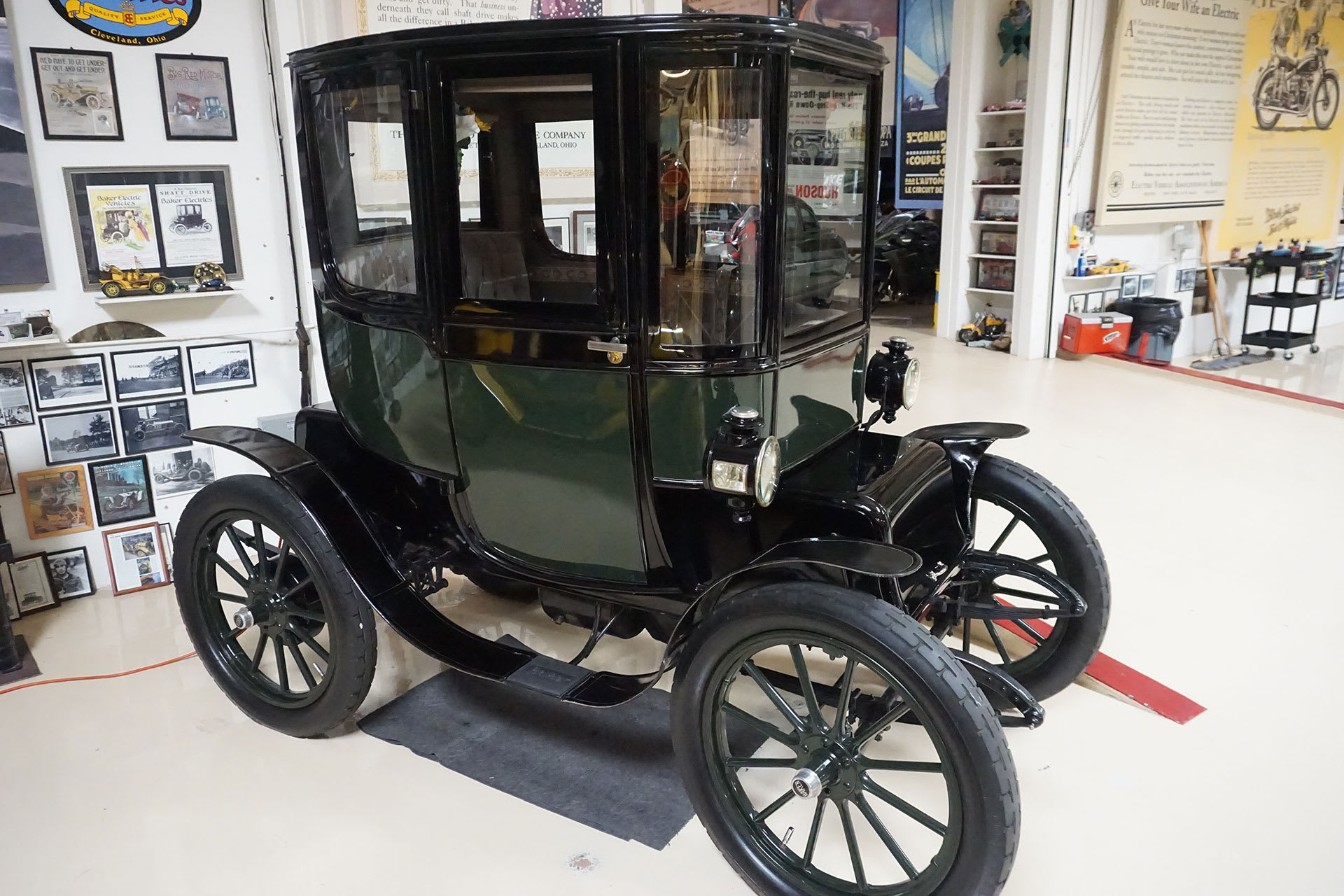
Even though the first electric vehicle dates from the 1830s, the first proper and widely available electric car was Baker Electric from 1899. This two-seater was produced by Baker Motor Company, Cleveland, Ohio. The sticker price of $850 was somewhat of an expensive proposition by early 20th century standards. It gained a lot of publicity when famous Thomas Edison bought one of the early models as his first car.
As you would expect, the Baker Electric had heavy nickel-iron batteries, the modest output of around one horsepower, a top speed of approximately 16 km/h (10 mph), and a range of 24 kilometres (15 miles). It wasn’t much, but it was a good start since the internal-combustion competitors of the time weren’t any faster or more powerful.
Studebaker Runabout Electric (1902)
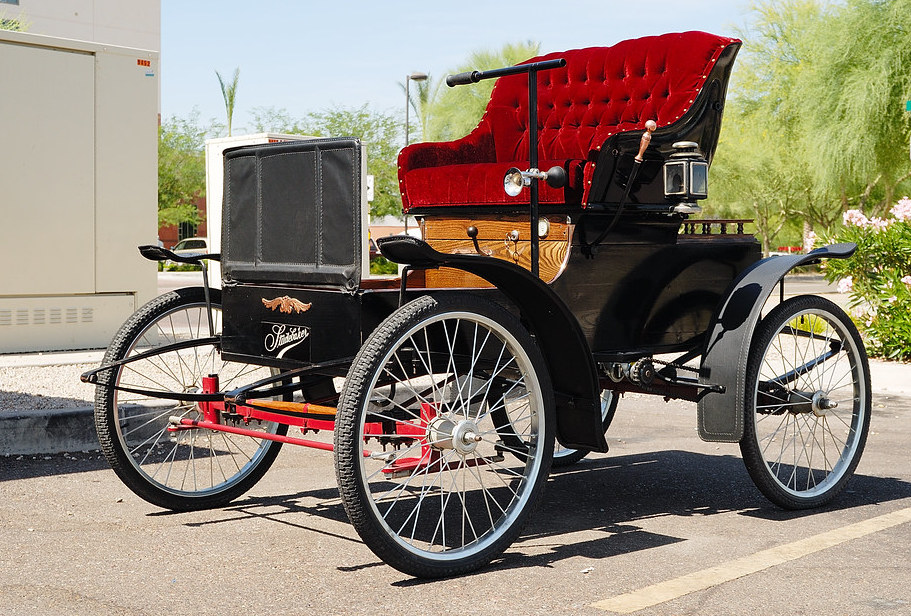
In the early 1900s, Studebaker was one of the biggest car companies in America, and electric vehicles seemed promising enough to develop a model called Studebaker Runabout Electric in 1902. This open-top model had 24 battery cells located beneath the seat and electric motor powering the rear wheels. The base price was $950, and the top speed was whopping 29 km/h (18 mph).
Interestingly, the range was quite substantial 30-65 kilometres (30-40 miles), depending on the quality of the batteries. Studebaker went on to expanded their spectrum, including closed top model, sedan, and even a minibus capable of carrying up to ten passengers. However, the production numbers were never high, and in 1912 Studebaker stopped electric vehicle production after exactly 1841 cars and buses were made.
Detroit Electric (1907)
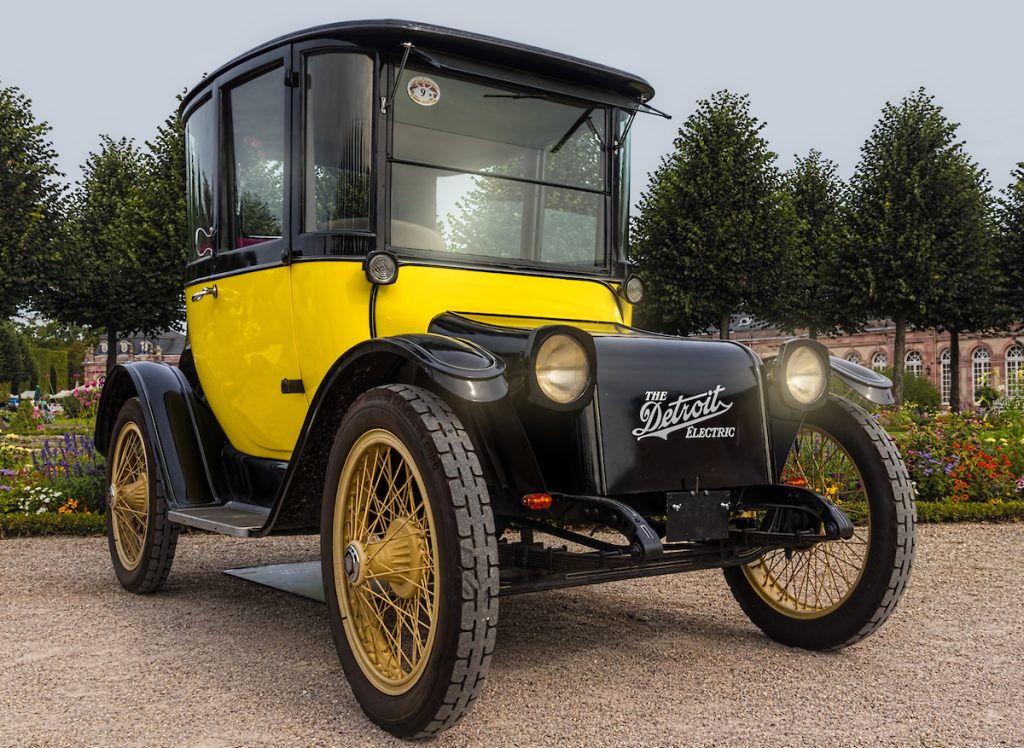
With over 13,000 cars produced from 1907 to 1939, Detroit Electric could be considered the most successful early electric car company. Their models became known for being able to cover almost 130 kilometres (80 miles) before recharging, making them very competitive even against internal-combustion cars. For years, Detroit Electric held a record when a specially prepared model covered 340 kilometres (211 miles), which is remarkable, even for today’s standards.
Detroit Electric could be considered the Tesla of the early 20th century since celebrities owned them and it had a lineup of capable models that were sold in respectable numbers. Most Detroit Electric cars had a top speed of only 32 km/h (20 mph), but it was considered adequate since the lack of paved roads meant that you couldn’t travel much faster.
DKW Elektro-Wagen (1956)
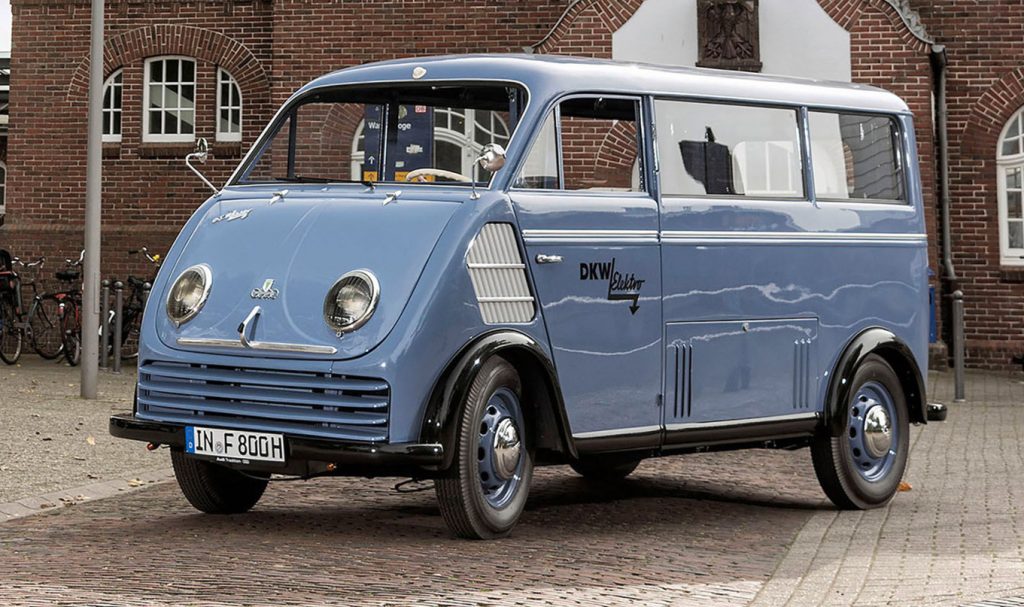
The development of electric cars stalled during and after WWII. However, the first post-war, mass-produced electric vehicle was West-Germany`s DKW Elektro-Wagen van. DKW was a subsidiary of Audi and had a successful lineup of small delivery vehicles. In 1956, they introduced an electric model with a 6.7 hp engine and lead-acid batteries located in the floor pan.
The Elektro-Wagen stayed in production for several years (until 1962), and DKW made 100 examples sold to various public services and power companies. It was used in an urban environment and had a top speed of 40 km/h (25 mph) with a range of around 80 kilometres (50 miles). Recently, Audi fully restored and presented the only surviving example. (pictured)
Henney Kilowatt (1959)
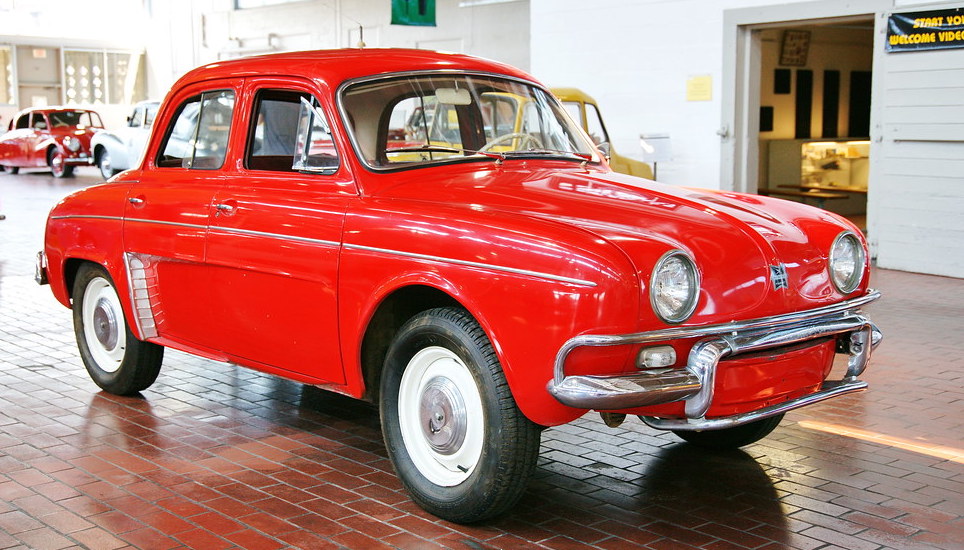
The Suez Crisis of 1956 showed the world’s dependability of fossil fuels, which immediately sparked a new wave of interest for electric vehicles. One of the most accomplished cars from that period was the Henney Kilowatt, introduced in 1959. This electric car used the Renault Dauphine body with a battery pack and electric motors located in the rear.
Early models had a top speed of 65 km/h (40 mph) and a range of 65 kilometres (40 miles), but by 1960, the top speed was up to 97 km/h (60 mph), and the range was extended by 32 kilometres (20 miles). The Renault records show that 100 bodies were delivered to Henney, but only about 47 cars were actually sold to customers with very few surviving examples. Production stopped in 1962.
Chevrolet Electrovair II (1966)
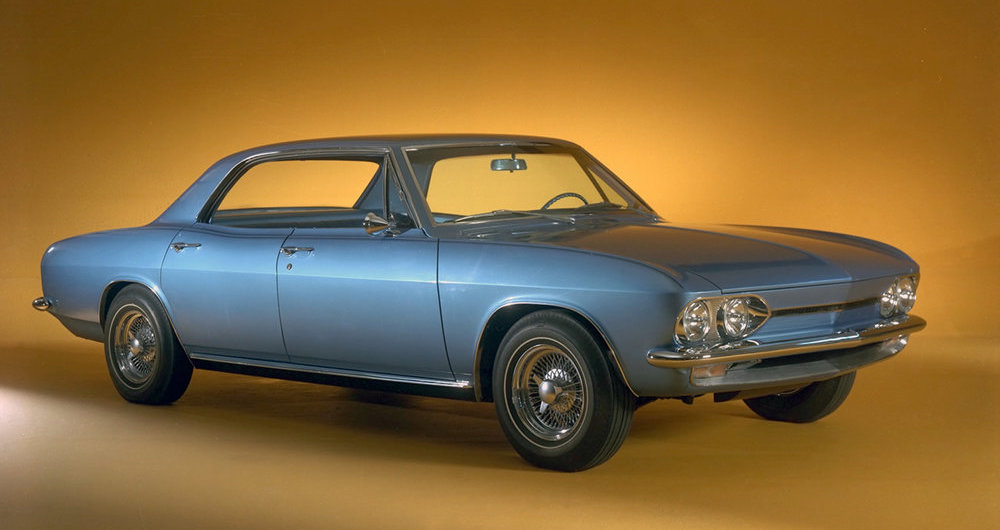
During the `60s, America was consumed by octane madness, with cheap fuel and V8-powered cruisers being sold in millions. But even then, the electric car concept was represented by a vehicle that almost reached the production status – Chevrolet Electrovair II.
Based on the 1966 Corvair sedan, Electrovair had a silver-oxide battery pack located upfront and 115 hp AC induction electric motor in the back. With a top speed of 129 km/h (80 mph) and a range of 65-129 kilometres (40-80 miles), Electrovair was seriously considered for production by GM. However, the expensive silver-oxide batteries didn’t prove durable enough, and the project was eventually killed.
AMC Pacer “Change of Pace” (1978)
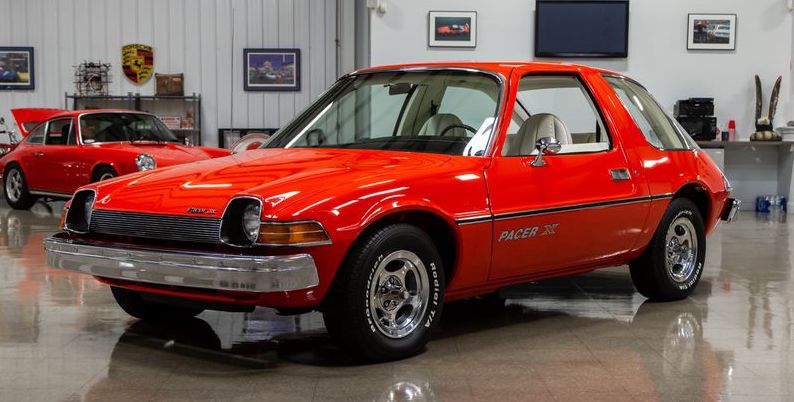
The `70s marked the rise in fuel prices as well as environmental concerns, which resulted in fresh interest for electric cars. Today the almost forgotten AMC was an independent American manufacturer who back then, were regularly seeking new ways to stay profitable. Back in 1978, it teamed with Electric Vehicle Associates (EVA) to produce an electric version of their Pacer compact model.
Called “Change of Pace,” AMC`s electric car was powered by 20 hp DC motor with lead-acid batteries mounted under the hood. It had a top speed of 89 km/h (55 mph) and an 85 kilometre (53-mile) range. During the production process, lots of standard components were used, including a regular three-speed automatic transmission. AMC and EVA made 100 cars and sold them for a steep price of $12,360.
General Motors EV1 (1996)
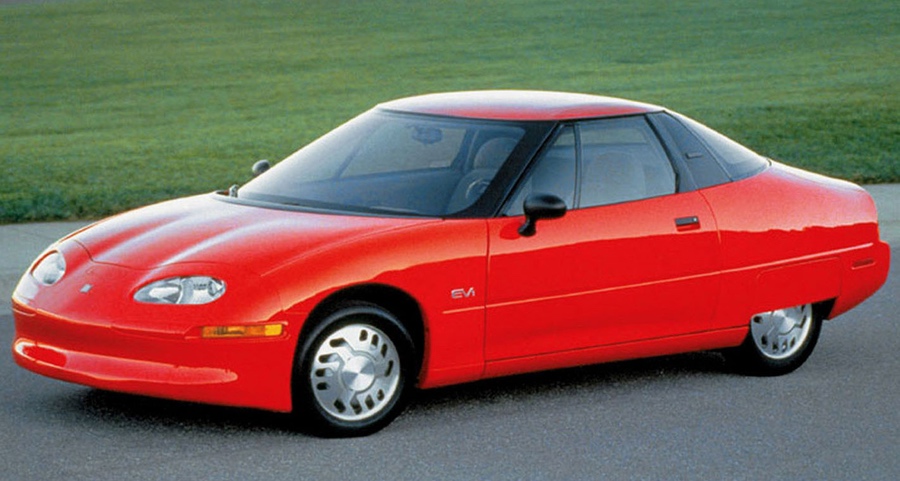
General Motors EV1 is immensely important since it was the first modern and mass-produced electric vehicle and only car ever sold under GM name, not under the name of one of its divisions. Sold through a unique lease program, the EV1 was only available in selected areas, like California or Arizona. Production started in 1996 and ended in 1999 with a total production of 1,117 vehicles.
The EV1 was considered an extremely advanced car, featuring light but strong aluminium chassis with composite body panels. It was powered by a 137 hp electric motor and 16.5 kWh lead-acid battery pack, which gave EV1 top speed of 129 km/h (80 mph) which was electronically limited. GM specified a range of around 160 kilometres (100 miles), however, vehicle owners reported the real-world range was much lower than what was advertised. Despite its compact dimensions, the EV1 was a fully equipped car filled with exciting technologies such as keyless entry and one very futuristic-looking dashboard.
The EV1 was featured in the documentary “Who Killed the Electric Car” You can see our take on that doco in our list of must-watch EV documentaries.
Honda EV Plus (1997)
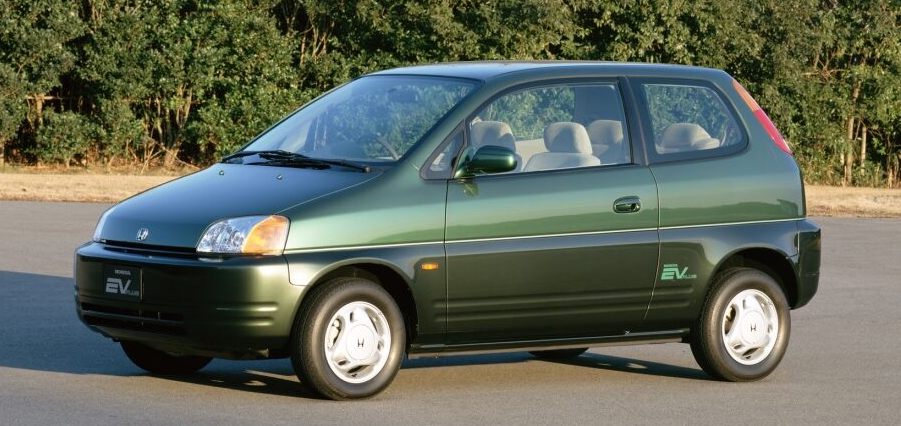
Even though the Honda produced just 340 examples, the EV Plus proved to be a very influential electric vehicle. Introduced in 1999, the EV Plus was Honda`s vision of the future of environmentally-friendly transport and the first electric car to not use lead-acid batteries. Powered by a 66 hp engine and 28.7 kWh battery pack, the compact EV Plus had an advertised range of 97-129 kilometres (60-80) miles, although some tests managed to get 169 kilometres (105 miles).
The biggest surprise, however, was the acceleration, the 1999 EV Plus could accelerate from 0-97 km/h (0-60 mph) in an astonishing 4.9 seconds, making it as quick as some supercars of the period. The top speed was electronically limited to 130 km/h (81 mph). The 1999 EV Plus was available through the lease plan, similar to GM’s EV1 a few years prior.
Toyota Rav4 EV (1997)
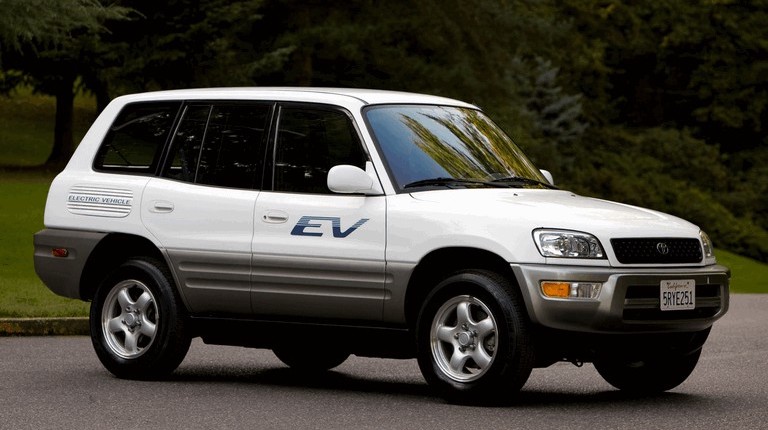
The electric SUV is nothing new today, but in the late `90s was an extremely innovative concept. The title of the world`s first such car is held by Toyota’s RAV4 EV, introduced in 1997 and sold in both Japan and the United States. From 1997 to 2002, Toyota sold or leased over 1000 examples in California alone.
Looking identical to the standard gas-powered RAV4, the EV version had a 27 kWh battery pack and 67 hp electric motor powering the front axle. The car had a top speed of 137 km/h (85 mph) and an advertised range of 153 kilometres (95 miles). Compared to other electric vehicles of its time, acceleration figures weren’t fantastic with a 0-100kmh (0-62 mph) time of around 18 seconds.
Conclusion:
Even though the concept of electric cars preceded those powered by internal-combustion engines, the idea was pushed to the limits of the car industry. Today, more than 100 years since the first real electric car was offered to the general public, we can safely say that its time has come.
Finally, we have the technology to produce electric cars that can rival their fossil-fuelled counterparts as well as gain the support of consumers, who are asking for cleaner and more efficient vehicles. Those revolutionary cars didn’t just show the world that there is an alternative, they inspired the modern generation of engineers and entrepreneurs such as Elon Musk, who are driving these technologies into a new era of motoring.



